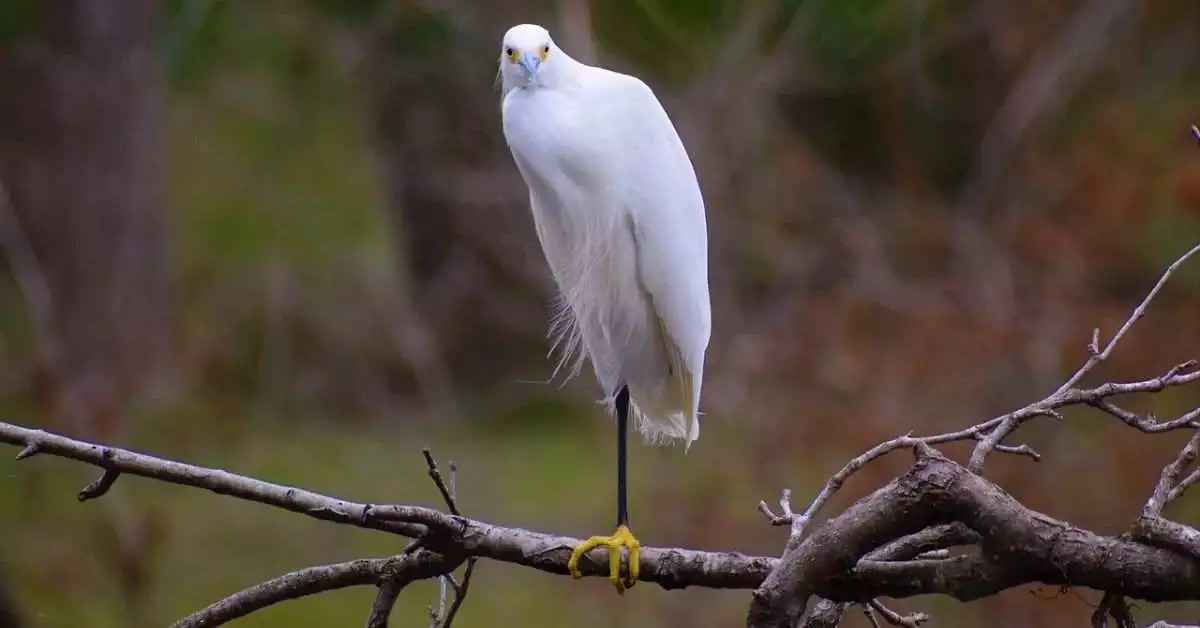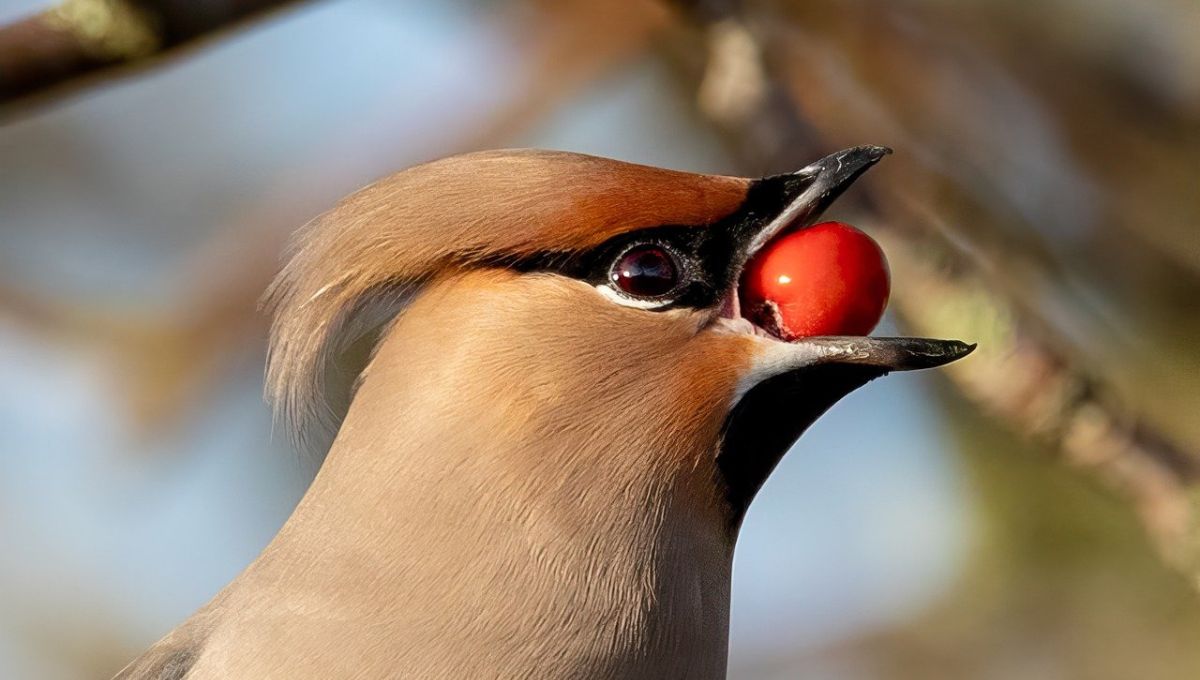Female Shrimps are brightly colored but mostly red. Peacock mantis shrimp are powerful predators. All kinds of hard-shelled invertebrates eat even some fish.
Shrimp meaning in Bengali:
- চিংড়ি
- বাগদা চিংড়ি
- বেঁটে লোক
Shrimp scientific classification:

Scientific name: Caridea
Lifespan: 1 – 6 years
Kingdom: Animalia
Order: Decapoda
Phylum: Arthropoda
Shrimp names in different languages:
American English: shrimp
Arabic: جَمْبَرِي
Portuguese: camarão
Croatia: kozice
Danish: reje
Dutch: garnaal
European Spanish: camarón
Finnish: katkarapu
French: crevette
German: Garnele
Greek: γαρίδα
Italian: gamberetto
Korean: 새우
Norway: (liten) reke
Polish: krewetka
European Portuguese: camarão
Romanian: crevetă
Russia: креветка
Thai: Prawn
Turkish: ufak karides
Ukraine: кребетка
Vietnam: con tôm
Distribution: Tropical western Pacific and Indian Oceans
Ecosystem/Habitat: Soft sediments associated with coral reefs
FEEDING HABITS: Active predator
Read More: Top 9 different types of Barb fish
Taxonomy:
Subphylum Crustacea (crabs, shrimps and relatives), Order Stomatopoda (mantis shrimp). Females are also brightly colored but mostly red. Peacock mantis shrimp are powerful predators. All kinds of hard-shelled invertebrates eat even some fish.
Shrimp are well known for their extremely fast punching which they use their front appendages to kill and tear apart their prey.
This punch is one of the fastest in the animal kingdom and strong enough to break through the glass walls of an aquarium.
Peacock mantis shrimp use this behavior to break open snails and other molluscs and to completely dismantle crabs, shrimps, and other crustaceans. Peacock mantis shrimp are known to have highly complex eyes, and can see more color wavelengths than even mammals.
Under special lighting/cameras, the scientists demonstrated that the already colorful exoskeletons of these species became more elaborate when viewed by each other.
Read More: What are Siamese fighting fish?
Peacock mantis shrimp dig U-shaped holes in the sand near the edge of the reef from which they emerge to hunt and attract mates.
They reproduce by internal fertilization, and after laying eggs, the female carries them to her frontal appendages, protecting them and keeping them clean until they hatch. Some peacock mantis shrimp can form monogamous pair bonds.
The peacock mantis shrimp is one of the largest and most colorful species of mantis shrimp and is therefore desirable for the personal aquarium industry. However, individuals often eat many other fish and invertebrates in a tank, so some aquarists actively avoid this species.
Read More: 3 Incredible Angelfish Facts
There is also a small market for peacock mantis shrimp in some Asian countries. Scientists don’t have enough data to determine population trends for this species, but as residents of coral reefs, human-induced changes to this fragile ecosystem could threaten the peacock mantis shrimp and other species as well.
Oceana has joined forces with Sailors for the Seas, an ocean conservation organization dedicated to educating and engaging the world’s boating community. Sailors for the Seas has developed the KELP (Kids Environmental Lesson Plan) program to create the next generation of ocean stewards.






